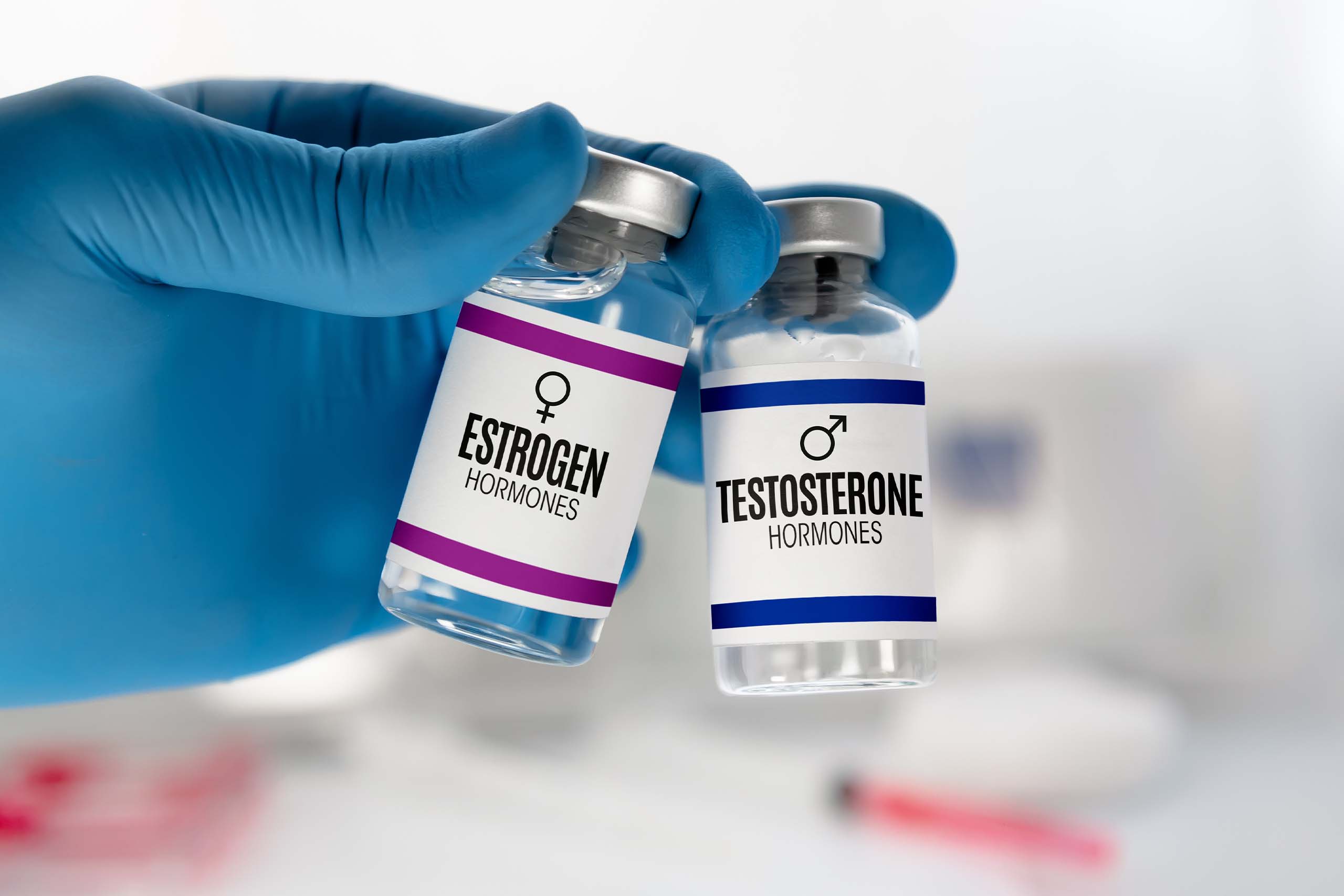What is the current state of hormone treatment, and how did it overcome conflicting allegations to become what it is today?
Delve into the latest research on hormone replacement therapy and uncover its decades-long development journey.
This blog post provides a captivating glance into the transformation of HRT, offering insights into its safety, effectiveness, and potential benefits in managing menopause symptoms and improving overall well-being.

Today’s Hormone Therapy Is Far Different From That of 20 Years Ago
What Happened With HRT?
Hormone replacement therapy (HRT) has a long and evolving history since its first use in the 1930s. The initial application of HRT was to alleviate menopausal symptoms in women, and it gained popularity as a treatment for various hormonal imbalances.
Over the years, the development of HRT saw refinements in hormone combinations and administration methods, making it a widely prescribed therapy for menopausal symptoms, osteoporosis, and other conditions related to hormone deficiencies.
However, in 2002, a groundbreaking study by the Women’s Health Initiative (WHI) questioned HRT’s safety.
The study involved over 16,000 women aged 50 to 79 who had received HRT from 1993 to 1998. The results were alarming, as they revealed a HEIGHTENED RISK of various health complications after five years of HRT use.
Among the participants, there were 290 cases of breast cancer, 286 cases of coronary heart disease (CHD), 212 cases of stroke, 112 cases of colorectal cancer, 106 cases of hip fracture, and 47 cases of endometrial cancer.
These findings sent SHOCKWAVES throughout the medical community and the general public, leading to widespread opposition against using HRT.
In the United States, HRT use PLUMMETED by approximately 80%, as many women and healthcare providers hesitated to consider HRT as a treatment option.

Studies Showed Mixed Results
The WHI continued to conduct multiple studies between 2002 and 2006 to examine the effects of HRT in postmenopausal women.
After the initial study in 2002, subsequent papers analyzed different aspects of the data regarding HRT safety, such as the risk of stroke, CHD, and breast cancer in women taking estrogen plus progestin (E+P) or estrogen alone.
However, these studies faced challenges in data analysis. The authors primarily emphasized RELATIVE RISKS rather than ABSOLUTE RISKS, leading to misunderstandings.
For example, relative risk calculations showed a 29% increase in CHD in the E+P group compared to the placebo group. Still, the actual increase in patients with CHD was only 0.07% in absolute terms, deemed STATISTICALLY INSIGNIFICANT.
This DISCREPANCY between relative and absolute risks caused confusion when the media reported the results.
Meanwhile, some questioned the statistical methods like Cox Regression analysis and hazard ratios for the WHI studies, as they believed the conclusions drawn were INCORRECT or required substantial modification.
As a result, the WHI’s findings were met with AMBIGUITY, and the significance of the results became a subject of debate among scientists and researchers.
The reliance on relative risks and the mixed results from the WHI studies created uncertainty regarding HRT safety and efficacy. The public and healthcare providers also became more cautious, leading to varied practices regarding HRT prescription.

How Is HRT Viewed Today?
In recent years, there has been significant development in the field of HRT, fueled by growing interest and increased participation of scientists studying hormones.
In 2022, the North American Menopause Society (NAMS) released a significant position statement on HRT, further contributing to the evolving perception of this treatment.
According to NAMS, the benefits of HRT now significantly OUTWEIGH THE RISKS, and they encouraged women already on hormone prescriptions to continue taking them to manage menopause symptoms.
This statement can be considered the latest research on hormone replacement therapy that has played a crucial role in shaping the current view of HRT, instilling CONFIDENCE in its safety and efficacy for those seeking relief from menopausal symptoms.
Meanwhile, even the WHI recognized the shifting perceptions surrounding HRT and decided to restart a long-term study to reevaluate their findings, which were reported in 2017.
This new Women’s Health Initiative study followed over 27,000 women aged 50 to 79 on either HRT or a placebo. After 18 years of follow-up, the study revealed that the all-cause mortality rate was 27.1% in the HRT group and 27.6% in the placebo group.
This finding indicated that HRT was NOT ASSOCIATED with an increased risk of all-cause mortality compared to a placebo.
Today, HRT is being regulated and safely implemented among certified healthcare providers. Hormone therapy guidelines and protocols have also been established to ensure women receive appropriate treatments. Continuous monitoring allows for adjustments to treatment plans based on individual responses, ensuring maximum safety and efficacy.
HRT Safety and Efficacy: Things to Know
Before considering HRT, there are several crucial factors that individuals should carefully evaluate to maximize safety and efficacy. These factors include:
Initiation Time: The most favorable window for starting HRT is between the ages of 51 and 59 or within ten years of menopause onset. Initiating HRT within this timeframe, including potential long-term health advantages, allows for optimal benefits.
On the other hand, starting HRT later may reduce the likelihood of experiencing these benefits while increasing the risk of side effects.
Administration Route: Depending on the patient’s preference and doctor’s recommendation, HRT can be administered through oral tablets, patches, creams, gels, and injections.
Recently, pellet implantation has gained attention due to its effectiveness and minimal side effects. Pellet implantation provides a stable dosage of hormones and controlled absorption, ensuring consistent hormone levels for an extended period.
Hormone Formulation: The decision between estrogen alone or estrogen with progestin depends on whether the patient has undergone a hysterectomy. Estrogen alone is suitable for women who have had a hysterectomy, while those with an intact uterus should receive a combination of estrogen and progestin to prevent endometrial hyperplasia.
Treatment Eligibility: Finally, patients must undergo a thorough examination by a certified healthcare professional to determine their eligibility for treatment. Individual health status and risk factors should be assessed to ensure that HRT is appropriate for the patient.
Take charge of your menopause journey, and talk to your healthcare provider about HRT to find the right solution for a better quality of life.
Yunique Medical provides FUNCTIONAL MEDICINE for optimized health and performance. We offer customized, scientifically advanced treatments to create a new state of human thriving. Why be ordinary when you can be optimal?
HUMAN 2.0 begins here!
Contact us to schedule your FREE consultation at one of our three locations in Florida – Ocala, Fruitland Park (The Villages), and Daytona.
Up Next:

